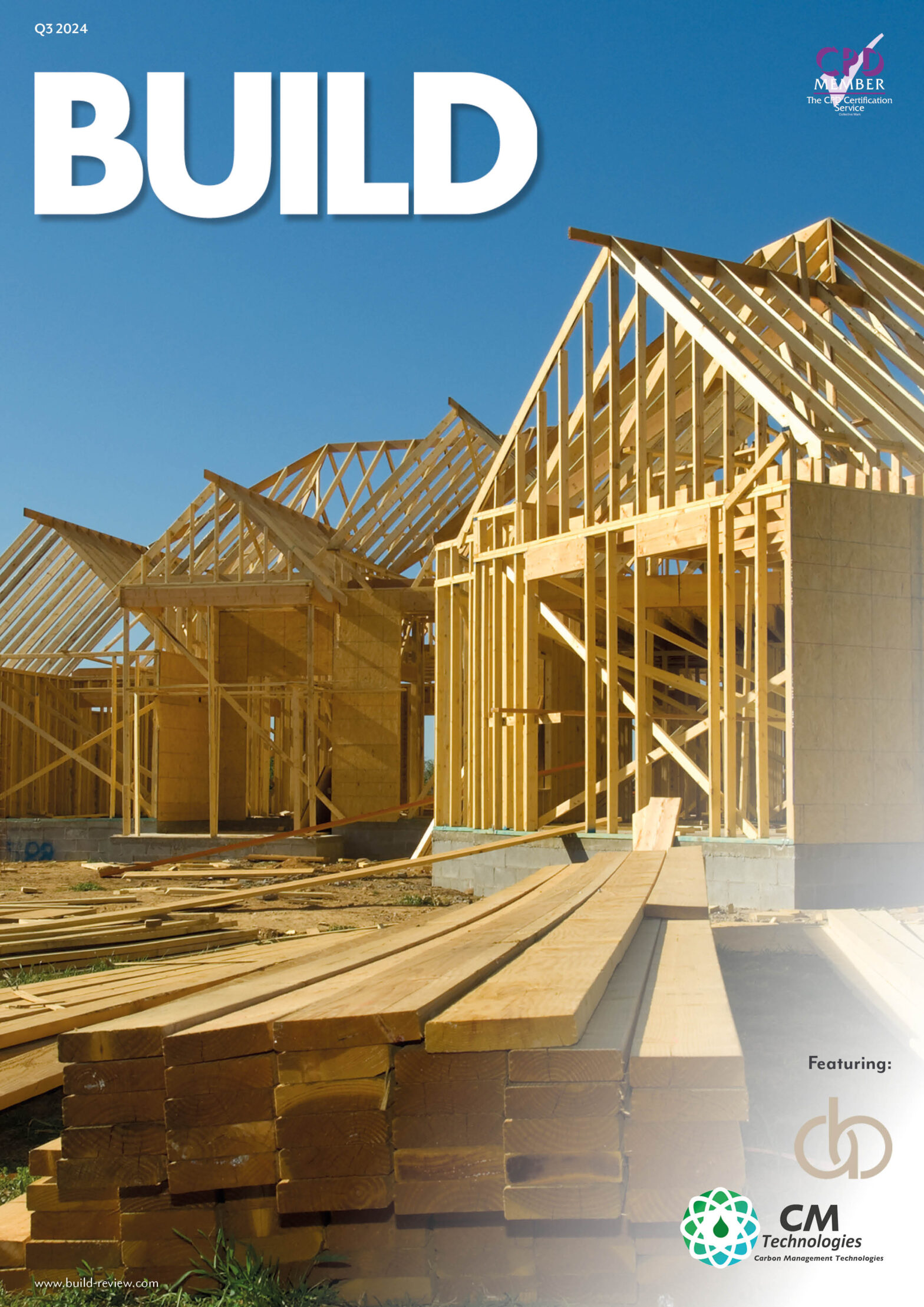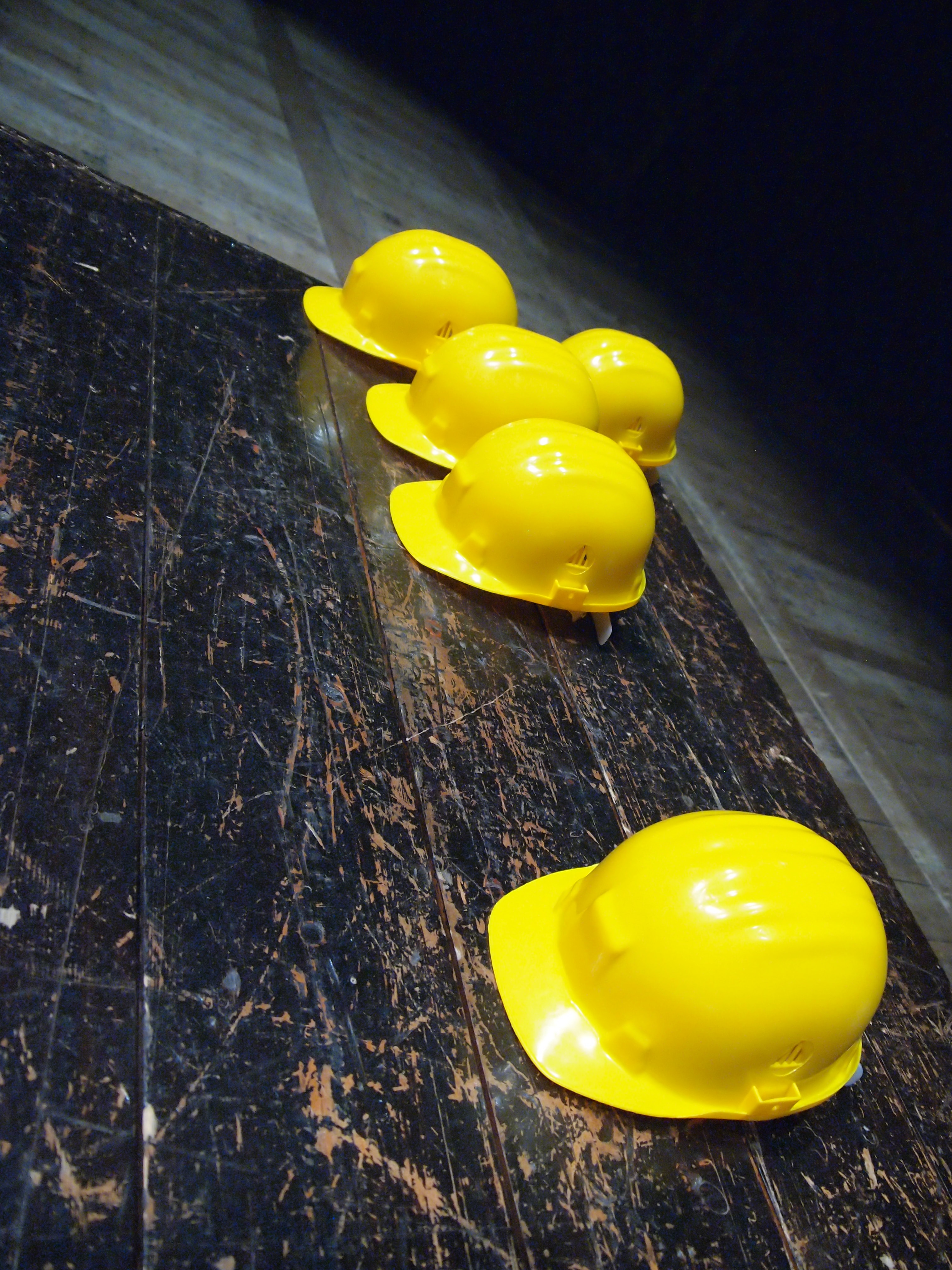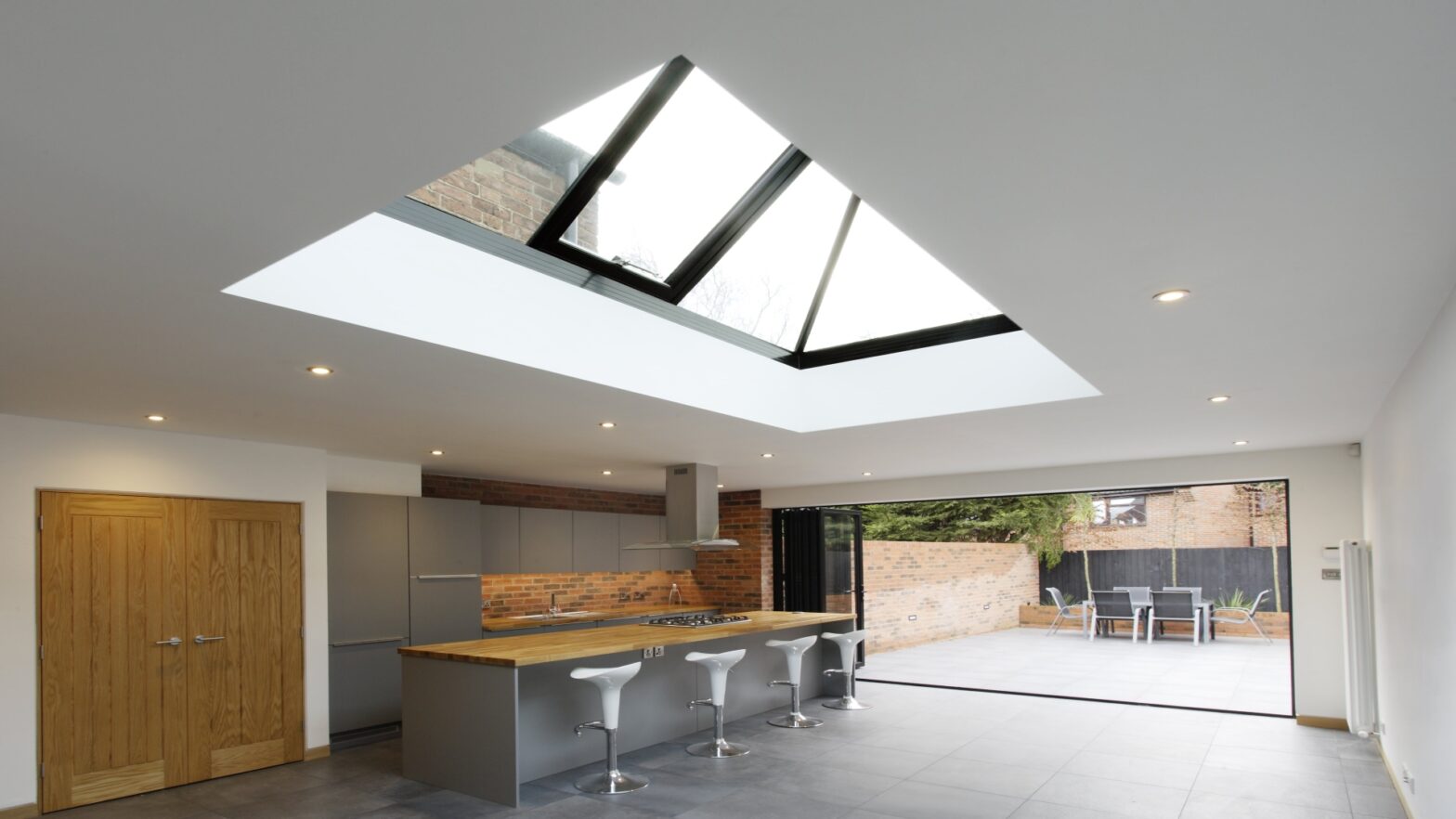Rooflights are an excellent way to transform your home, bringing in natural light and creating a sense of space that can completely change the feel of a room. However, as rooflights alter the external appearance of your building, many homeowners wonder whether they need planning permission before installing one.
Whether you’re in the early stages of considering a rooflight or roof lantern installation or want to confirm the requirements before proceeding, this guide will help answer the common question, ‘Do I need planning permission for a rooflight?’
Government Guidelines for Rooflights in England and Wales
In most cases, you will not need planning permission to install a rooflight in England or Wales, provided certain conditions are met. However, the rules are stricter in Scotland, so it’s always a good idea to check local regulations if you’re based in Scotland.
According to the Government’s Planning Portal, the following guidelines apply to rooflights in England and Wales:
Protrusion: The rooflight must not protrude more than 150mm beyond the plane of the roof.
Height: It cannot be higher than the highest part of the roof.
Side-facing windows: If the rooflight is a side-facing window, it must be obscure-glazed. Additionally, if the window is openable, it should be installed at least 1.7 metres above the floor level.
As long as your rooflight installation adheres to these conditions, you typically won’t need planning permission. However, there are some important exceptions to consider, particularly for listed buildings or properties in conservation areas.
Rooflights in Listed Buildings or Conservation Areas
If your property is listed or located within a conservation area, you may be subject to additional restrictions. Before proceeding with your rooflight installation, it’s crucial to check whether your property has an Article 4 Direction in place.
An Article 4 Direction removes your permitted development rights and requires you to seek planning permission before carrying out certain changes to your property, including installing rooflights. These directions are typically in place on buildings of historic or architectural significance and are common in conservation areas.
The reasons for implementing Article 4 include:
Protecting conservation areas: Local councils may impose restrictions to maintain the aesthetic integrity of historic areas.
Preserving the character of high streets: Article 4s may be used to maintain the commercial or retail character of local areas.
Preventing overdevelopment: Some councils use Article 4s to control the number of Houses in Multiple Occupation (HMOs) or subdivisions within an area.
If your property is under an Article 4 Direction, you will need to apply for planning permission before installing a rooflight. It’s always advisable to consult your local planning authority for guidance on specific regulations.
Building Regulations for Rooflights
Even if planning permission isn’t required, it’s essential to ensure your rooflight installation complies with Building Regulations. These regulations cover important considerations such as structural integrity, energy efficiency, and fire safety.
A reliable manufacturer will offer rooflights designed and manufactured to the highest standards, but any installation that alters your roof can impact the performance and safety of your property.
Here’s a breakdown of the key Building Regulations that may apply:
Structural changes: Installing a rooflight may require alterations to the roof structure, including reinforcing the roof to support the weight of the new skylight.
Fire safety: If the rooflight is near a boundary, you’ll need to consider fire performance to comply with fire safety regulations.
Thermal performance: Rooflights must have sufficient insulation properties to prevent heat loss. The rooflight should meet the maximum Ug-value set out in Part L of the regulations. The Ug-value measures the amount of heat lost through the window, with a lower value indicating better insulation.
Why Work with Experts?
Navigating the requirements for rooflight installation can seem overwhelming, but working with experienced professionals can help you avoid any potential issues. Consulting with your local authority beforehand can ensure your installation meets all necessary regulations and avoids delays.
Wherever possible, speak to the manufacturer or installers beforehand and make use of their years of experience in designing and installing rooflights and lanterns that enhance your home’s light and space while maintaining the structural integrity of your property. Like all building projects, it’s a case of measure twice, cut once, so don’t be afraid to ask lots of questions and be extra prepared before you commit to installing a rooflight in your home.



























